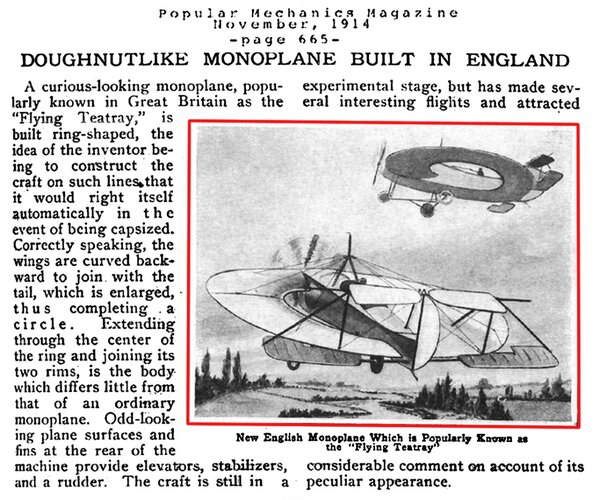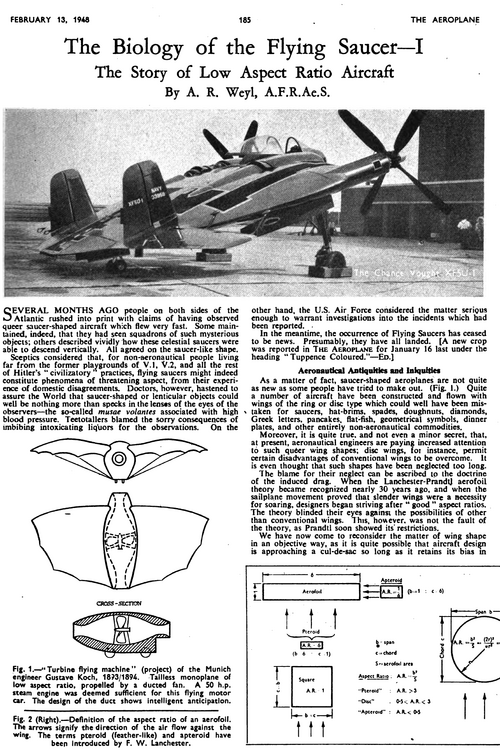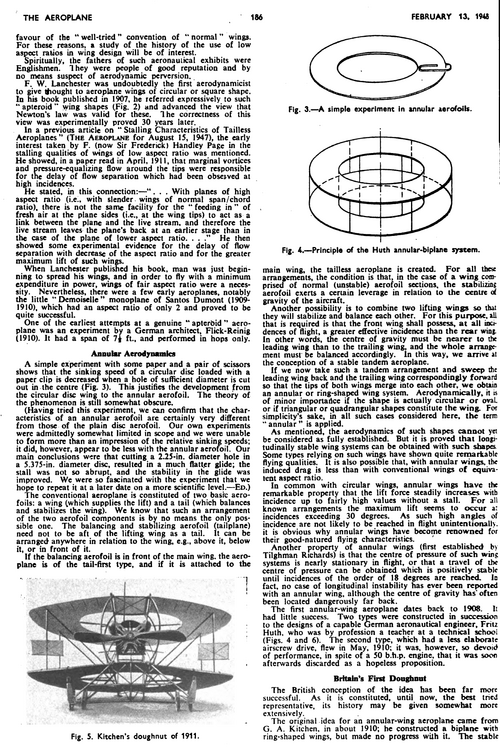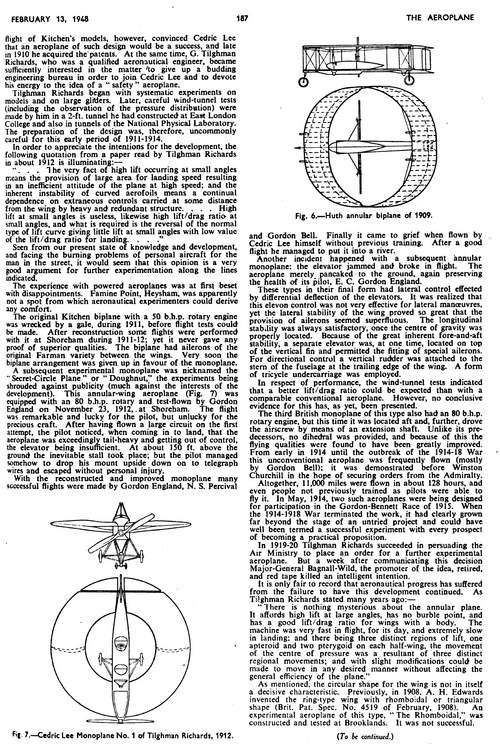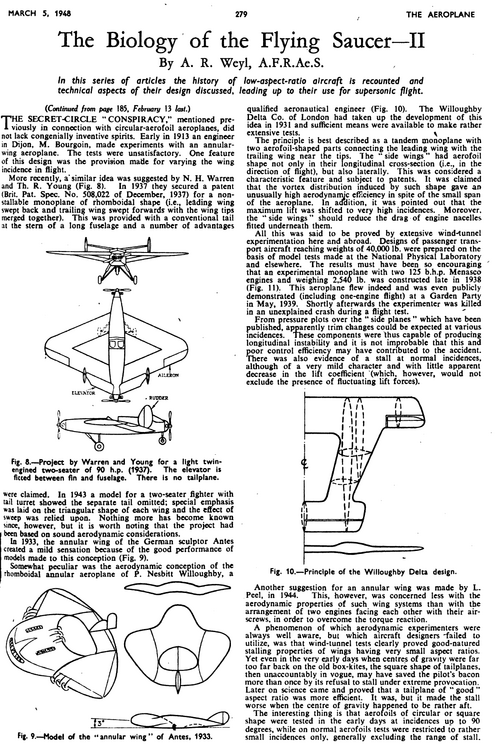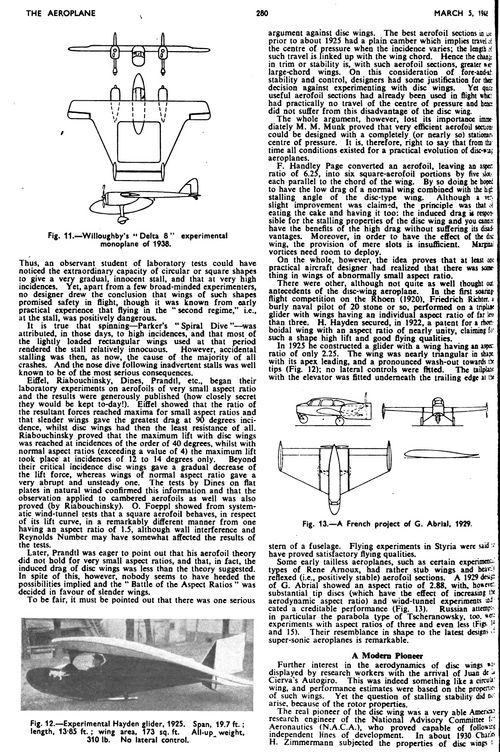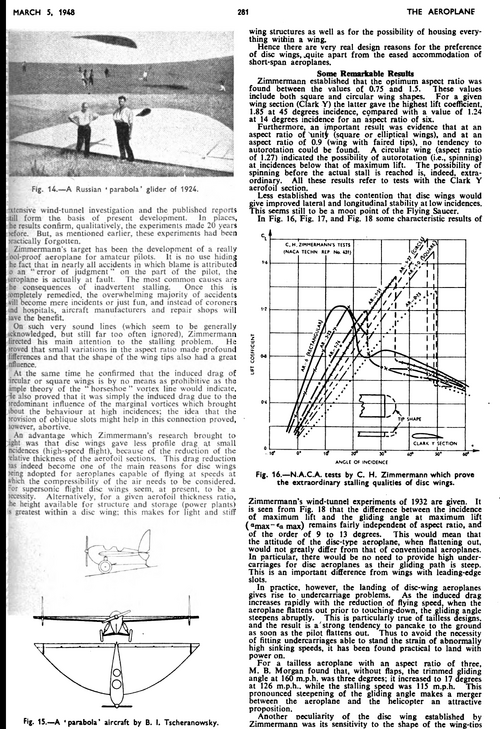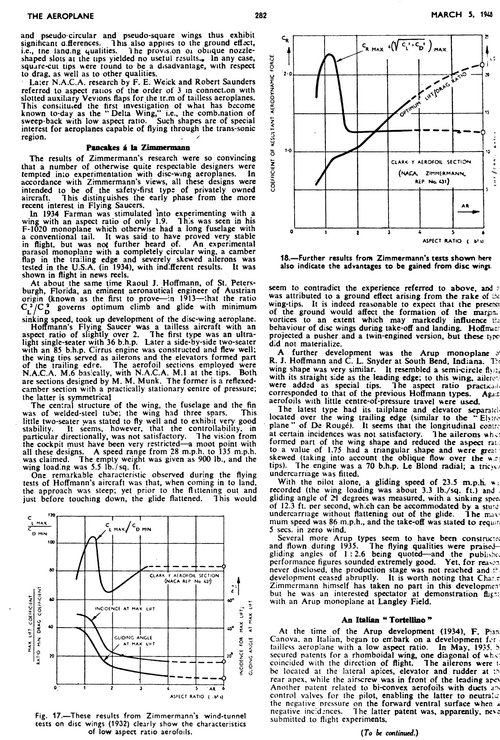Over on
www.homebuiltairplanes.com we have enjoyed lengthy discussions about annular, Arup, circular, delta, Piana Canova, Vought, etc. low aspect-ratio (less than 3:1) wing planforms.
The lighter versions fly well because of their low wing loadings.
OTOH planform makes a huge difference at higher angles of attack. With power any less than supersonic fighters, operating at steep angles of attack is impractical. Yes, sharply swept leading edges can generate massive votices at high angles of attack, but they also generate massive amounts of drag. One rumor has it that Concordes. low aspect-ratio ogee delta generated such massive amounts of drag at low airspeeds - and high angles of attack - that it was possible to fly a Concorde into a corner that it could not "power" out of. The only other option was sacrificing massive amounts of altitude to regain airspeed.
When developing his Facetmobile, engineer Barnaby Wainfain found that the secret is making aspect-ratio so small that wing tip vortices collide on the center-line, cancelling each other out. Vertical fin design also makes a huge difference with center-line or wing tip mounted fins working well, but mid-span fins just confusing the vortices.
One boffin did a series of wind tunnel test with a variety of LAR models and concluded that the most efficient was a reverse Arup or delta that pushed WTV as far outboard and as far aft as possible.

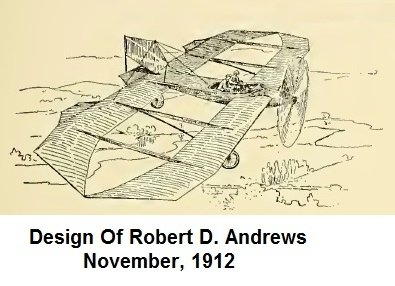
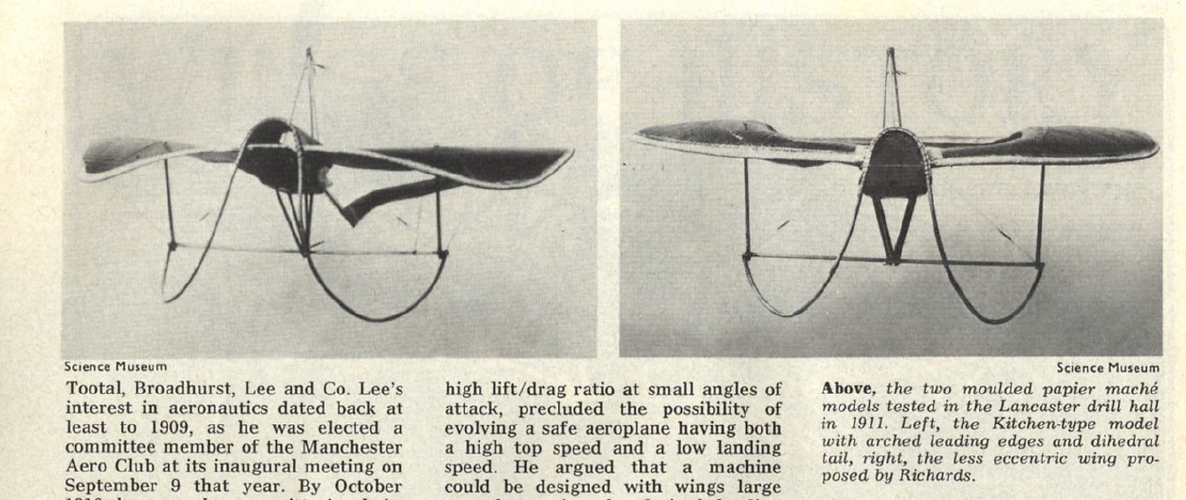
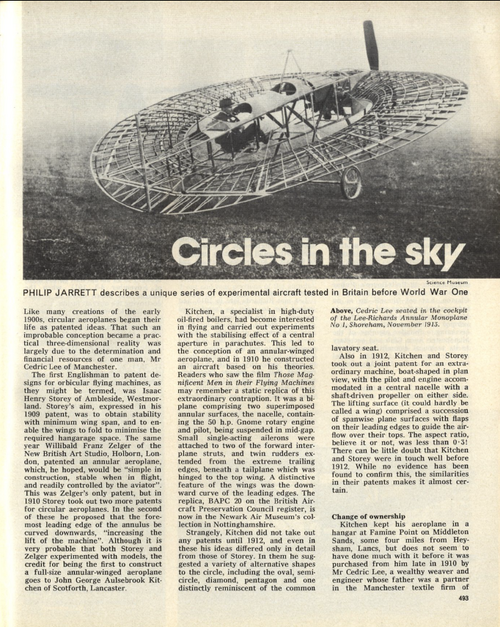
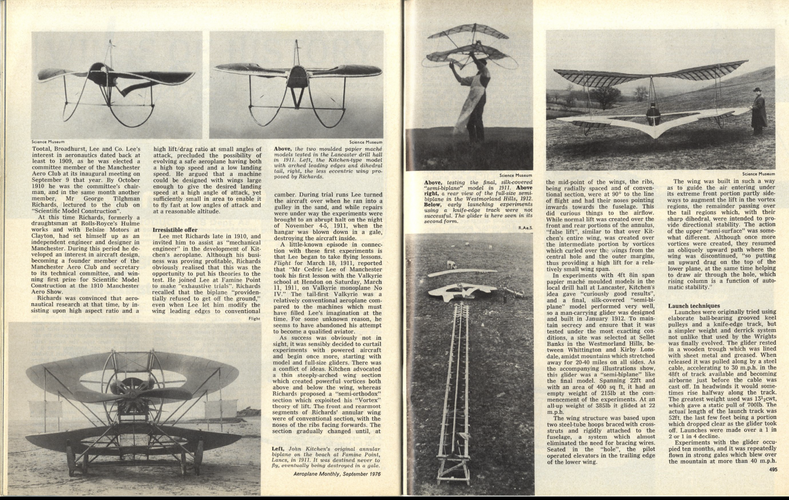
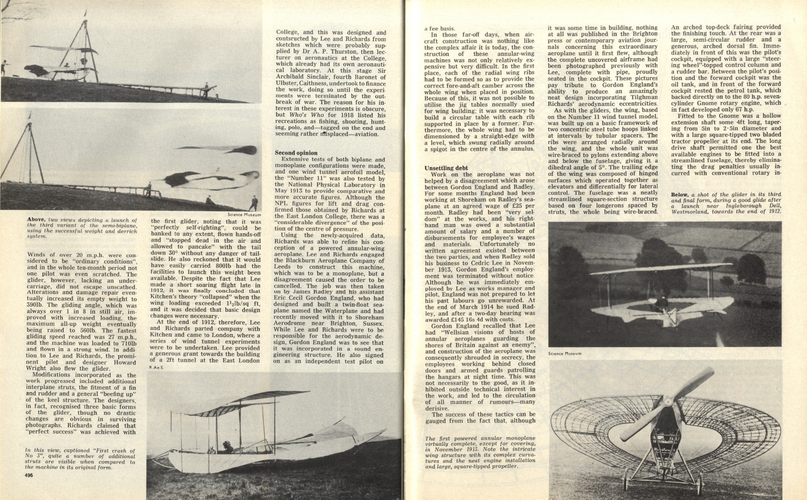
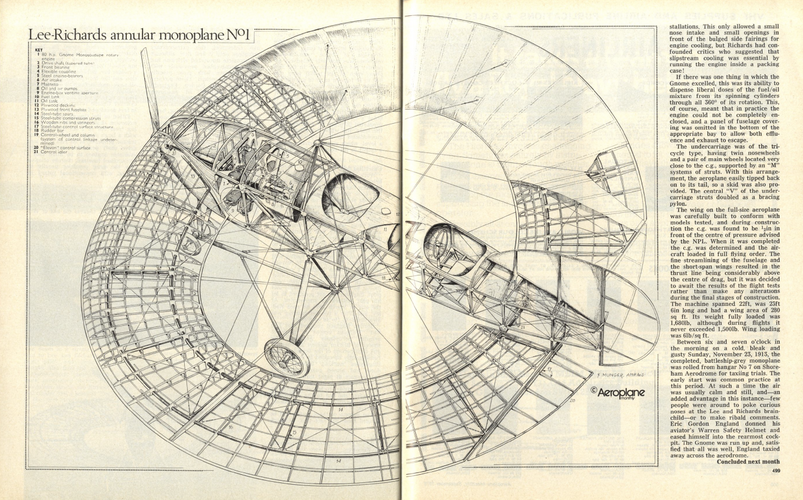
![Lee_Richards_Annular_Monoplane_Model_[Kensington_17_April_2017].jpg](/data/attachments/223/223216-5639eb589b3e183a46f811dae4c1adb7.jpg)
![BAPC-020_Lee_Richards_Annular_Biplane_Replica_[Newark_21_September_2021]_1.jpg](/data/attachments/223/223217-d7efd6cd504d7a49f4cdd959293d9af8.jpg)
![BAPC-020_Lee_Richards_Annular_Biplane_Replica_[Newark_21_September_2021]_2.jpg](/data/attachments/223/223218-f5e7a0269531bc0117910a5c621684e3.jpg)
